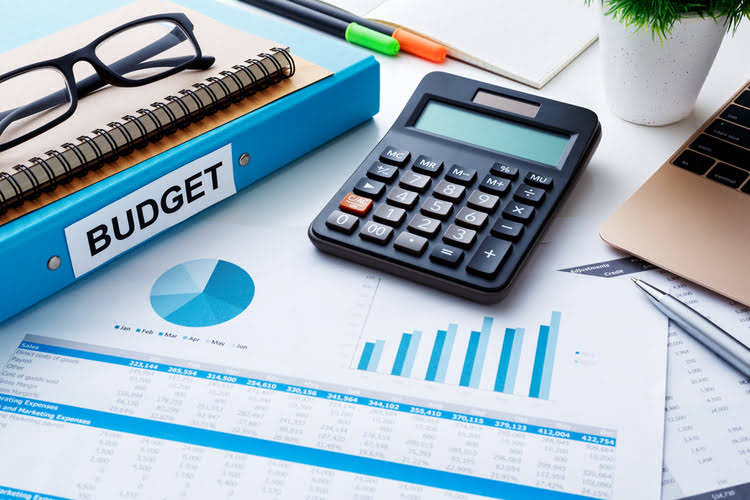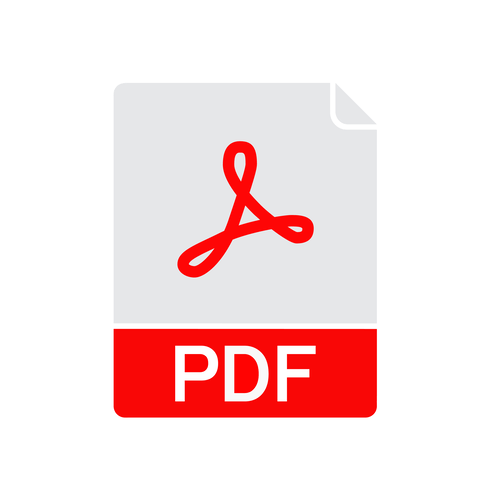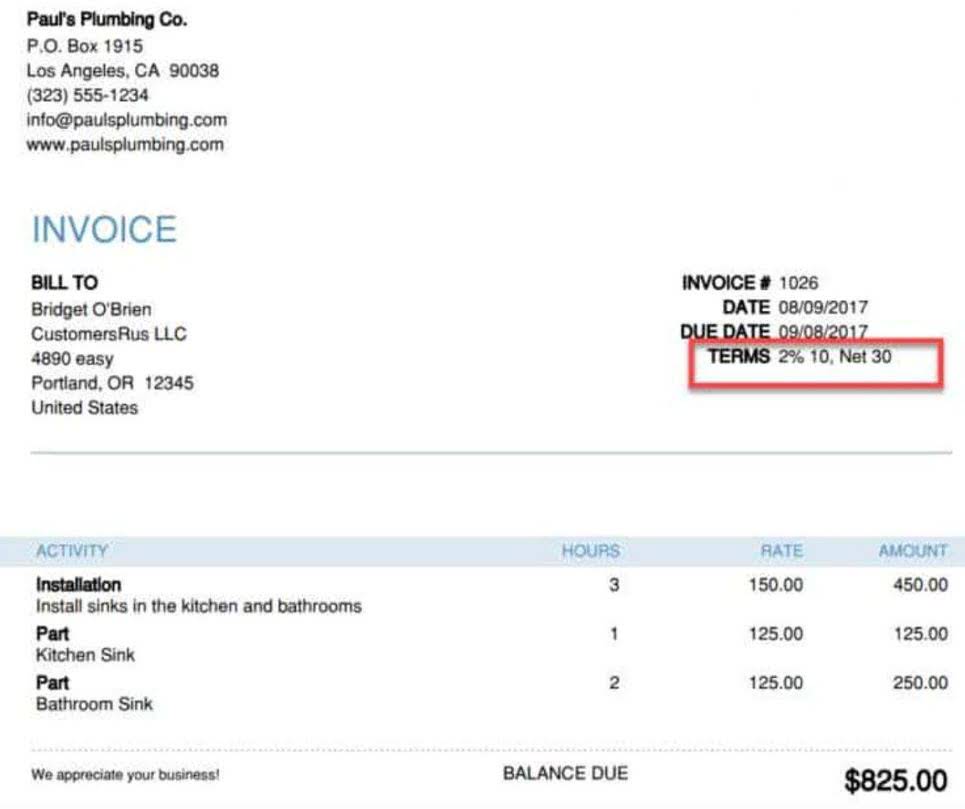
A depreciation journal entry records the reduction in value of a fixed asset each period throughout its useful life. These journal entries debit the depreciation expense account and credit the accumulated depreciation account, reducing the book value of the asset over time. When a company depreciates its PP&E, it records the depreciation expense in its income statement and reduces the carrying value of the asset on its balance sheet. The journal entry for depreciation involves debiting the depreciation expense account and crediting the accumulated depreciation account. The accumulated depreciation account is a contra-asset account that offsets the value of the PP&E account on the balance sheet. Yes, depreciation of fixed assets is recorded in the accounting records of a business.

Making adjusting entries for unrecorded items
Because of this, the declining balance depreciation method records higher depreciation expense in the beginning years and less depreciation in later years. This method is commonly used by companies with assets that lose their value or become obsolete more quickly. New technology companies often face a unique challenge when it comes to depreciation. The useful life of technology is typically shorter than that of buildings or machinery. Therefore, technology companies use the accelerated method to depreciate their assets.
See why Netgain is trusted by thousands of accounting teams
On January 1st we purchase equipment for $10,000 with a useful life of 5 years. This is the number of years over which the asset will be depreciated. In this method, the value of the asset is recorded as the net amount in the balance sheet. This method is not preferred by the International Accounting Standards. The following depreciation schedule presents the asset’s income statement and balance sheet presentation in each of the years.
- This would increase the amount of cash available for the company to reinvest in the business or pay out to shareholders.
- The process for recording journal entries for all types remains the same; however, the journal entry totals will differ according to the depreciation method a company uses.
- The chosen method should be applied consistently but reviewed periodically.
- This expense appears on the income statement and helps match the asset’s cost to the revenue it generates.
- You might miss mistakes or inconsistencies if you’re not checking your records often.
Top 5 Depreciation and Amortization Methods (Explanation and Examples)
The annual depreciation rate under the straight-line method equals 1 divided by the useful life in years. According to International Accounting Standards, the cost of a long-term asset should not be expense out in a single year profit & loss. It states that this cost should be capitalizing on its estimated useful life. NetAsset (available for NetSuite or any ERP) is a user-friendly fixed asset management solution created to simplify the entire fixed asset lifecycle, from asset creation to tax reporting.
To better understand the process, let’s look at an example of a depreciation journal entry. Each year, the same amount of depreciation is recorded until the asset is fully depreciated. Companies can choose from several depreciation methods allowed under GAAP and IFRS, selecting one that Record Keeping for Small Business rationally reflects how the asset’s economic benefits are consumed.
- A fixed asset write-off is recorded by debiting a Loss on Write-Off account and crediting the respective Fixed Asset account for the book value.
- Each method has its advantages and disadvantages, and the choice of method depends on the company’s accounting policies and the nature of the asset.
- In the first method after the completion of the financial period, the depreciation expense is subtracted from the Asset value and charged to the income statement for the year.
- An example of depreciation would be a company purchasing a delivery truck for $50,000 with an estimated useful life of 5 years.
- On the other hand, the accumulated depreciation is an item on the balance sheet.
What is the difference between depreciation expense and accumulated depreciation?
Depreciation expense represents the reduction in value of an asset over its useful life. Multiple methods of accounting for depreciation exist, but the straight-line method is the most commonly used. This article covered the different methods used to calculate depreciation expense, including a detailed example of how to account for a fixed asset with straight-line depreciation expense.

This depreciation expense adds the balance of the accumulated depreciation account. However, the accumulated depreciation is not a liability but a contra account to the fixed assets on the balance sheet. Likewise, the accumulated depreciation journal entry will reduce the total assets on the balance sheet while increasing the total expenses on the income statement. The accumulated depreciation account is a contra asset account that is used to reduce the carrying value of the asset on the balance sheet. Straight-line depreciation is the most commonly used method, where the value of trial balance an asset is depreciated evenly over its useful life.
Double Entry Bookkeeping
I show a detailed example of this in Straight-Line Method of Depreciation. The depreciable cost must be determined before the end of the first year journal entry for depreciation expense of the asset’s life when a depreciation schedule needs to be created. I recommend consulting with your CPA or financial advisor regarding depreciation of newly-purchased assets. Asset accounts normally receive debits and maintain a positive balance, but the Accumulated Depreciation account receives credits.

This article will discuss the more common types with a journal entry example for each depreciation type. Using one of several available depreciation methods, a portion of the asset’s expense is depreciated at the end of each year via journal entry until the asset is fully depreciated. The double-declining balance method spreads out depreciation more heavily in the earlier years of an asset’s life. It’s useful for assets that lose value faster when they’re new, like technology or machinery.










